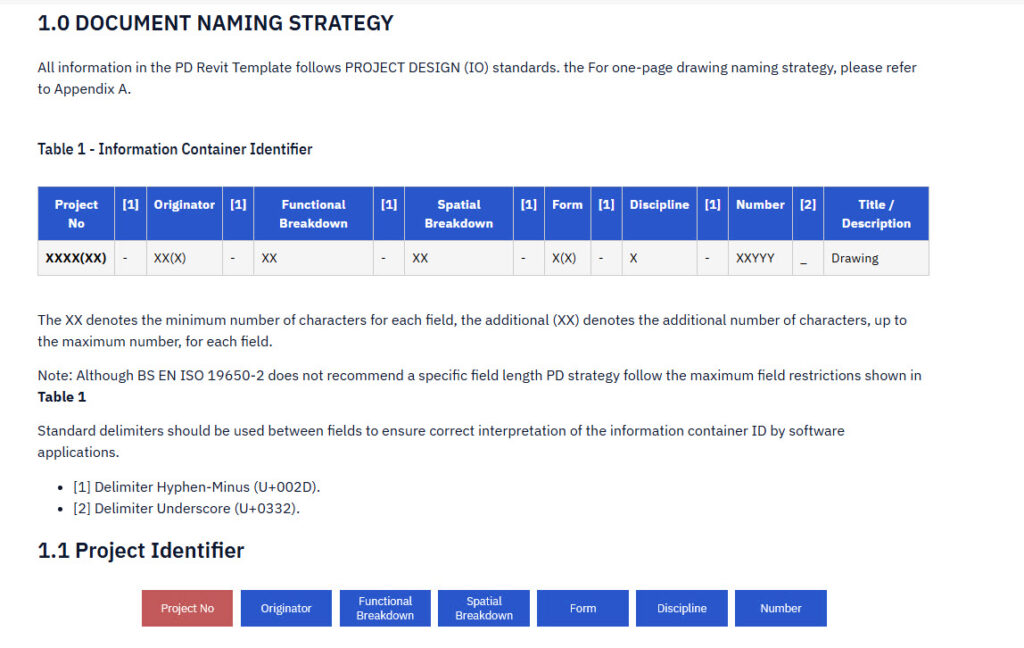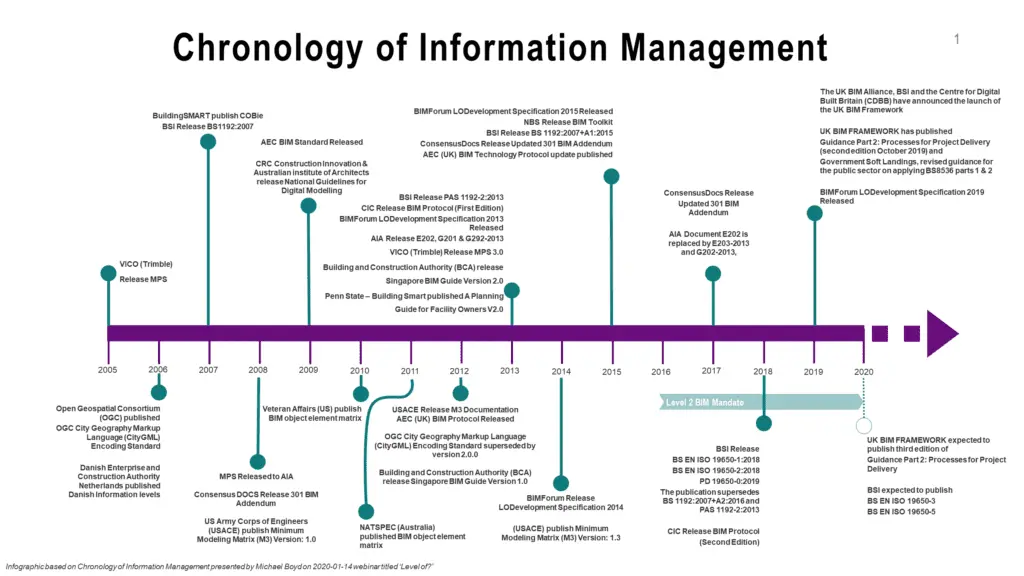4D Modeling
Revit Guides
Data Management
4D Modelling also referred to as 4D BIM, when supported by existing planning techniques, can improve project delivery times and schedules. To make the gains possible, all project members must understand and engage in the exchange of information process to reduce cycle times required to develop the BIM model and a new design.
4D Modelling can be used from the concept stage to investigate the design feasibility, aid technical decisions, examine the constructability, and anticipate sequencing issues.
4D Modelling or Phase Planning include simulation model of the construction process to:
- establish relationships between the programme and sequence of construction activities including the delivery of material and equipment to be carried out during the construction,
- demonstrate the Contractor’s works sequences,
- identify potential time and spatial conflicts,
- optimise the use of critical resources,
- enhance safety requirements and construction workflows control,
- minimise disturbance to the operation of the neighbourhood,
- better coordinate with affected parties and resolve interfacing issues at early stages,
- monitor the procurement status of project materials
4D simulation can be demonstrated in fortnightly intervals linking all activities in the master programme, and it shall be automatically matched with the activities as shown in the master programme with appropriately Information container format.
A 4D Simulation Report shall be submitted, containing the following but not limited to:
- description of the 4D simulation report, e.g. assumptions, time interval, construction method statement, guide for accessing the Information containers and models, etc.
- Video (s) of the 4D simulation.
- BIM native model(s)
- model(s) for 4D simulation platform
- linked project programme or equivalent deliverable.
[source] PDE 4301 Technical BIM Management 2019/2020, BIM EXECUTION PLAN, SUP-GPF-XX-XX-SP-W-0001, Post-appointment BEP, Grat To King Yeung, Jarek Wityk, Mike Sealey, Tala Damra, Viorel Mihailuc, Willow Williams

Document Naming Strategy
DOCUMENT NAMING STRATEGY All information in the PD Revit Template

The Level of and Progression Management systems
The ISO 19650 set of standards introduces a new term:

